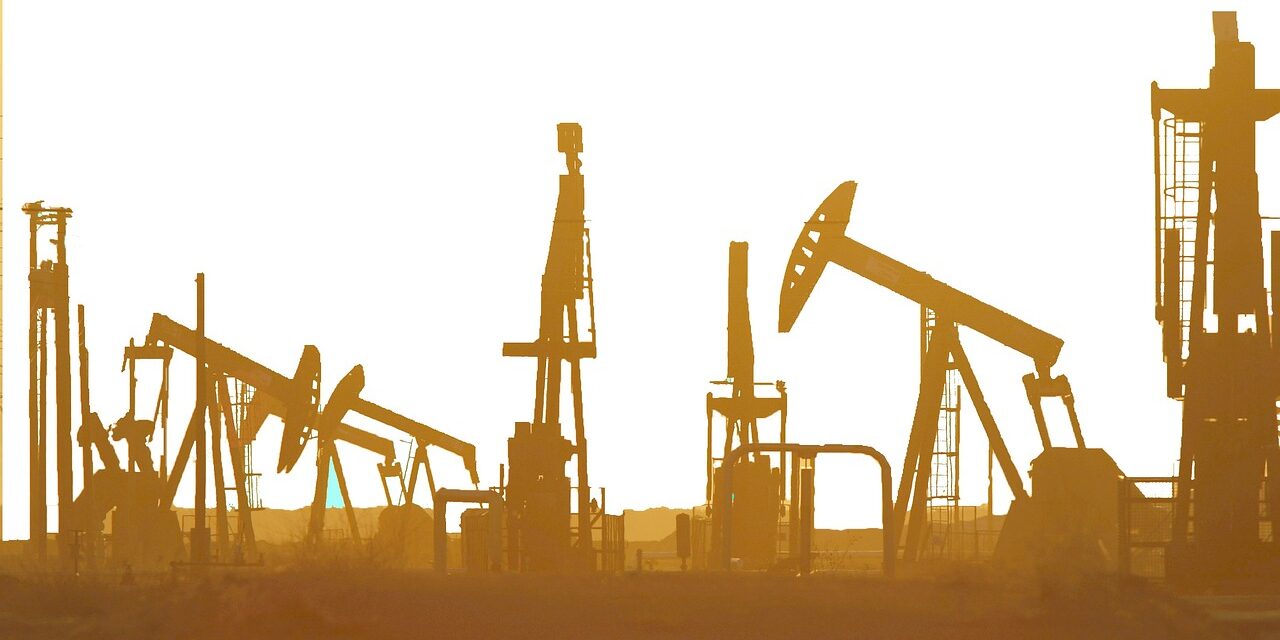Oil, often termed “black gold,” has remained one of the most critical commodities driving the global economy. Its importance spans aspects of energy production, geopolitical strategy, and economic stability. Several countries have emerged as leading oil producers, driven by their vast reserves, advanced extraction technologies, and the infrastructural capabilities necessary for large-scale production. This essay delves into the historical context, current data, and statistical insights into the countries that dominate oil production.
Historical Context
The origins of the modern oil industry can be traced back to the mid-19th century, with the first successful oil well being drilled in 1859 in Titusville, Pennsylvania. This marked the beginning of the oil age, which has substantially transformed economies worldwide. The early 20th century saw the emergence of the United States as a dominant player in oil production, particularly during the Texas oil boom. However, the landscape shifted after World War II, with the discovery of vast reserves in the Middle East, particularly in countries like Saudi Arabia, Iran, and Iraq. These nations quickly capitalized on their resources, leading to the establishment of the Organization of the Petroleum Exporting Countries (OPEC) in 1960, which aimed to control oil production and stabilize prices on the global market.
Current Oil-Producing Giants
As of 2023, the landscape of global oil production has evolved, with a small number of countries accounting for a significant proportion of the world’s oil output. According to data from the U.S. Energy Information Administration (EIA), the leading oil-producing nations are:
1. United States: The United States has maintained its position as the world’s largest oil producer since around 2018, largely due to advances in hydraulic fracturing (fracking) and horizontal drilling. In 2022, the U.S. produced approximately 11.9 million barrels per day (b/d). The Permian Basin in Texas and New Mexico is a key region contributing richly to this production surge.
2. Saudi Arabia: As the largest member of OPEC, Saudi Arabia holds some of the world’s largest conventional oil reserves. In 2022, Saudi Arabia produced around 10.5 million b/d. The kingdom’s production capacity has been strategically managed as part of OPEC agreements to stabilize oil prices.
3. Russia: Despite facing international sanctions and geopolitical challenges, Russia remains a formidable oil producer. As of 2022, it produced approximately 10.3 million b/d, primarily from Siberian reserves. The country has attempted to pivot its oil sales towards Asia to counterbalance the impact of sanctions from Western nations.
4. Canada: Known for its extensive oil sands, Canada has seen its production increase steadily over the years. In 2022, Canada’s oil production averaged about 5.4 million b/d. The exploitation of oil sands in Alberta has positioned Canada as a vital player in the North American energy market.
5. China: Although China is often thought of primarily as an oil consumer, it ranks as the sixth-largest producer, with production levels around 4.9 million b/d in 2022. China’s efforts to enhance domestic oil production come amidst its ambitious diversification strategy to reduce dependence on imported crude oil.
Statistical Insights
According to the International Energy Agency (IEA) reports, global oil production reached approximately 99 million b/d in 2022. Notably, OPEC nations collectively produced about 29.6 million b/d, illustrating their significant influence on the global oil supply.
The global oil market is characterized by its volatility. For instance, the COVID-19 pandemic led to a dramatic drop in demand, resulting in historically low prices in early 2020. Conversely, geopolitical tensions, like the Russia-Ukraine conflict, significantly impacted production estimates and prices, pushing them to multi-year highs.
Moreover, the shift towards renewable energy sources and climate policy initiatives raises questions about the future of oil production. In a bid to align with sustainable development goals, many oil-producing countries are exploring diversification strategies and investment in renewable energy technologies.
Conclusion
In conclusion, the countries producing the most oil are essential to understanding the dynamics of the global economy. The United States, Saudi Arabia, Russia, Canada, and China have established themselves as pivotal players in the oil sector. Historical developments, current production data, and geopolitical factors continue to shape the discourse around oil production. As the world navigates the complexities of energy use and climate change, the strategic significance of these oil-producing countries will remain a critical factor in global discussions on energy security and economic growth.

